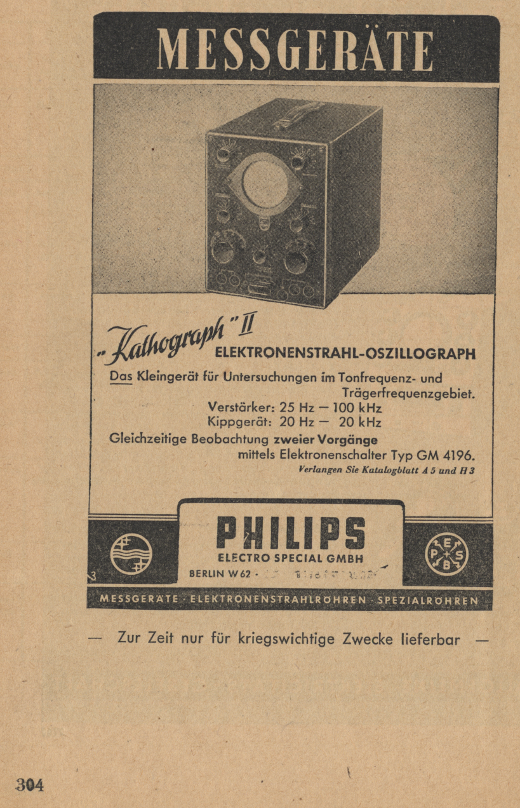What The Future Sounded Like (Documentary)
What The Future Sounded Like.
Post-war Britain rebuilt itself on a wave of scientific and industrial breakthroughs that culminated in the cultural revolution of the 1960’s. It was a period of sweeping change and experimentation where art and culture participated in and reflected the wider social changes. In this atmosphere was born the Electronic Music Studios (EMS), a radical group of avant-garde electronic musicians who utilized technology and experimentation to compose a futuristic electronic sound-scape for the New Britain.
Comprising of pioneering electronic musicians Peter Zinovieff and Tristram Cary (famed for his work on the Dr Who series) and genius engineer David Cockerell, EMS’s studio was one of the most advanced computer-music facilities in the world. EMS’s great legacy is the VCS3, Britain’s first synthesizer and rival of the American Moog. The VCS3 changed the sounds of some of the most popular artists of this period including Brian Eno, Hawkwind and Pink Floyd. Almost thirty years on the VCS3 is still used by modern electronic artists like The Emperor Machine.
What The Future Sounded Like colours in a lost chapter in music history, uncovering a group of composers and innovators who harnessed technology and new ideas to re-imagine the boundaries of music and sound. Features music from Pink Floyd, Hawkwind, Roxy Music and The Emperor Machine.
https://www.adsrsounds.com/documentary/what-the-future-sounded-like-documentary/
–> https://youtu.be/X-gVTM10Wsg
What the Future Sounded Like (2006) – Documentary about the birth of electronic music in Britain. Focuses on VCS3, Tristram Cary (Dr. Who), David Cockerell and Peter Zinovieff. …
Impuls via the Rolle Experience





















Kommentare